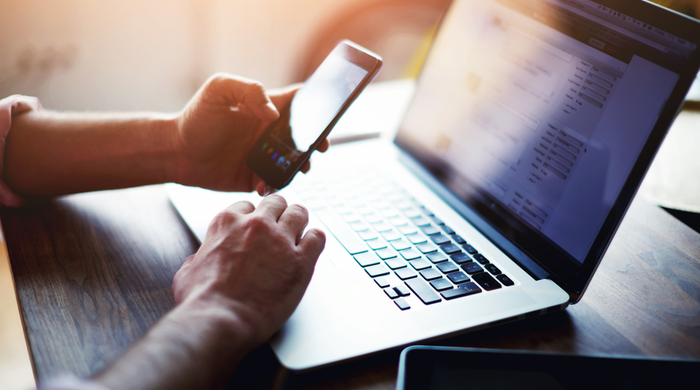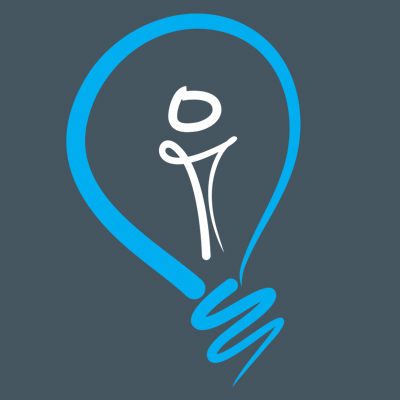
28 Apr What is driving self-service in B2B prospecting?
The degree to which the pandemic is changing the way brands engage B2B prospects remains a matter for scientific enquiry. But trends since the onset of the COVID-19 crisis have been clear: buyers want fewer face-to-face interactions and more digital self-serve options.
What’s driving this? Well, the naive answer is safety. Neither buyers nor sellers want to put themselves at risk by holding in-person conversations. Companies would rather keep their sales teams healthy if at all possible.
But there’s more to it than that. Even in times when the risk of transmission was low over the past year, the demand for text and “remote engagement” rose while face-to-face interactions declined. In fact the trend over the past few years has been less interaction with sales teams and more marketing-driven engagement.
McKinsey & Company provides some illuminating data highlights why this might be happening. According to their research, only 20 per cent of B2B buyers want a return to face-to-face interactions, even in sectors traditionally dominated by field sales, like pharma. And between 70 and 80 per cent of B2B decision-makers prefer self-serve.
Why is this? The B2B buying process has changed, particularly for complex sales and marketing is playing an increasingly important role in driving the early stages of the buying cycle. Although, partly, it also has to do with the increasing number of millennials now occupying senior positions in B2B firms. As a group, they prefer to scan the market first, taking in all available data, before approaching buyers. So reaching decision-makers digitally offers strategic merit.
The drive for these new sales channels is restructuring business models. 96 per cent of B2B prospecting teams say that they have partially or fully moved to remote selling. And 65 per cent of these say that the new approach is as effective, or more effective, than in-person. Yet, in order to move people through the sales cycle there is still need for engagement over the telephone to have a conversation and close the loop on digital self service channels.
Digital Self-Serve: A Global Phenomenon
Interestingly, this move towards more remote B2B sales engagement is more than a local UK phenomenon. A similar pattern is playing out in economies across the planet.
In Italy, for instance, 75 per cent of B2B decision-makers believe that new digital sales models are as effective or more effective than they were in 2019. That same figure is 81 per cent in China, 74 per cent in India, 78 per cent in South Korea, and 74 per cent in the US.
New digital modes of communication don’t seem to be putting severe limits on the size of sales either. Again, according to data from McKinsey & Company, a large proportion of prospects are willing to spend substantial sums of money through end-to-end digital self-service. And 15 per cent say that they would be willing to hand over more than $1 million, without ever meeting a salesperson face-to-face.
Digital Communication Superstars
The COVID-19 has had a profound effect on how B2B firms reach out to prospects. Since the pre-pandemic era, traditional in-person sales models declined by more than 52 per cent. But, at the same time, online chat grew by 23 per cent and videoconferencing shot up by 41 per cent. Interestingly, revenues generated by these new remote channels exceed their increased adoption rates. Notably, videoconferencing turnover is up by 69 per cent and online chat by 31 per cent.
Acceleration Of Prior Trends
We should note that even before 2020, B2B sales were moving in the direction of digital self-service. However, evidence suggests that the pandemic accelerated this process, leading to unexpectedly rapid growth in tech-enabled and omnichannel sales. And although this is having an affect on complex B2B sales there is still a need to drive face-to-face engagements, albeit till over video calls, in order to move a sales on and answer a range of detailed questions.
Whether current trends will persist following the easing of restrictions and reduction of disease transmission risk remains to be seen. However, early evidence suggests that the “new normal” is here to stay. Four out of five businesses say that they will stick with current methods for at least twelve months, even if the pandemic fully subsides.
Lessons For B2B Sellers
Generating B2B sales leads in tough times is always a challenge. So the task for B2B sellers is to adapt to changes in how selling takes place in the B2B sector. Here are some of our suggestions:
- Adopt an omnichannel approach: Firms need to focus on delivering value to buyers via all sales channels while continuing to provide buyers with speed, transparency and expertise.
- Deliver convenience: Make digital self-serve channels end-to-end
- Fix buyer frustrations: Eliminate long ordering processes, technical glitches on your site, and clunky product search tools
Provide a human touch to drive the sales cycle: Adopting a hybrid or integrated marketing approach gives you the best of both worlds.
Time is precious and we appreciate yours in reading this blog.




